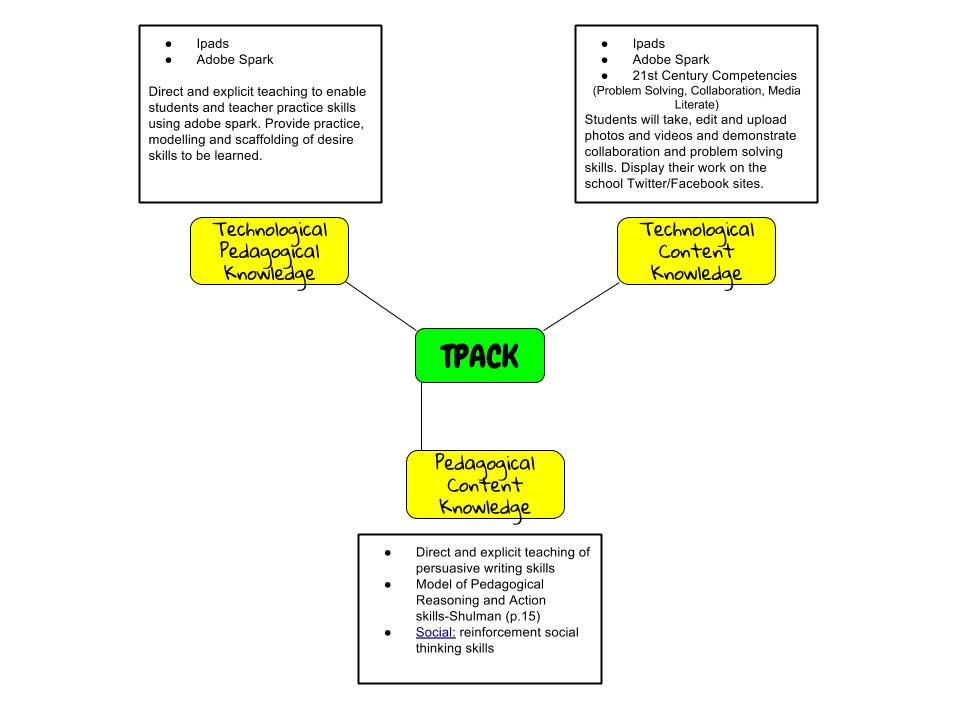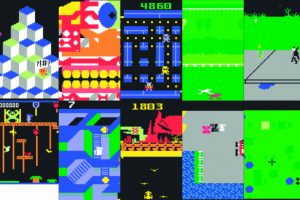What evidence exists regarding anchored instruction? What are some important nuances of the research that are pertinent to your practice? What further inquiries or questions does the research reported in the articles raise for you (e.g. regarding evaluation, professional development, disabilities and/or the content area you teach or would like to promote etc)? Finally, in what ways might a current technology for math (Eg. Mathletics, CTC Math, IXL, Dragonbox, or others) address in part this question?
I might be dating myself, but I was the teacher who consistently rolled the TV and VCR into the classroom to set it up before my students came into the class. It was not uncommon for students to give a fist pump and a cheer when they saw the TV was on with the words pause on the bottom of the screen. Walking into a classroom today, most elementary lessons, have an anticipatory set that includes some form of digital video to introduce or support a concept. Which could be from YouTube, Discovery Education, Vimeo, other streaming application. Barron, L., et al. (1993) suggests the use of video technology has the potential to reinforce context and facilitates active learning (p. 475). Moreover, video can be as good as an instructor in communicating facts or demonstrating procedures to assist in mastery learning where a student can view complex clinical or mechanical procedures as many times as they need to. Furthermore, the interactive features of modern web-based media players can be used to promote ‘active viewing’ approaches with students (Galbraith, 2004).
According to Alberta Mathematics Program of Studies (Alberta Education.2016). “Students learn by attaching meaning to what they do, and they need to construct their own meaning of mathematics. This meaning is best developed when learners encounter mathematical experiences that proceed from the simple to the complex and from the concrete to the abstract… At all levels, students benefit from working with a variety of materials, tools and contexts when constructing meaning about new mathematical ideas. Meaningful student discussions provide essential links among concrete, pictorial and symbolic representations of mathematical concepts” (p. 1). With class sizes reaching 25 or more at the elementary level, it is especially difficult to make an impact for those students with learning difficulties. Hasselbring, T. S., Lott, A. C., & Zydney, J. M. (2005) suggested anchored instruction for all students to support the transfer of knowledge to a variety of math problems. The problem lies in differentiating these instructional videos to best meet the ability levels for each individual learner.
In my opinion, such technological applications like Mathletics has the capability to provide individualized instruction, simplified exemplars and informative videos to enhance math achievement. More importantly, the learning is contextualized through their engaging realistic instruction to reinforce the learning process.
References:
Alberta Education.(2016). Mathematics (K–9)2007 (Updated 2016)[Program of Studies]. [Edmonton], Canada.
Barron, L., Bransford, J., Goin, L., Goldman, E., Goldman, S., Hasselbring, T., … & Vye, N. (1993). The Jasper experiment: using video to furnish real-world problem-solving contexts. Arithmetic Teacher, 40(8), 474-479.
Galbraith, J., ( 2004), ‘Active viewing: and oxymoron in video-based instruction?’, Society for Applied Learning Technologies Conference, designer.50g.com/docs/Salt_2004.pdf
Hasselbring, T. S., Lott, A. C., & Zydney, J. M. (2005). Technology-supported math instruction for students with disabilities: Two decades of research and development. Retrieved December, 12, 2013 from Google Scholar as a pdf.





